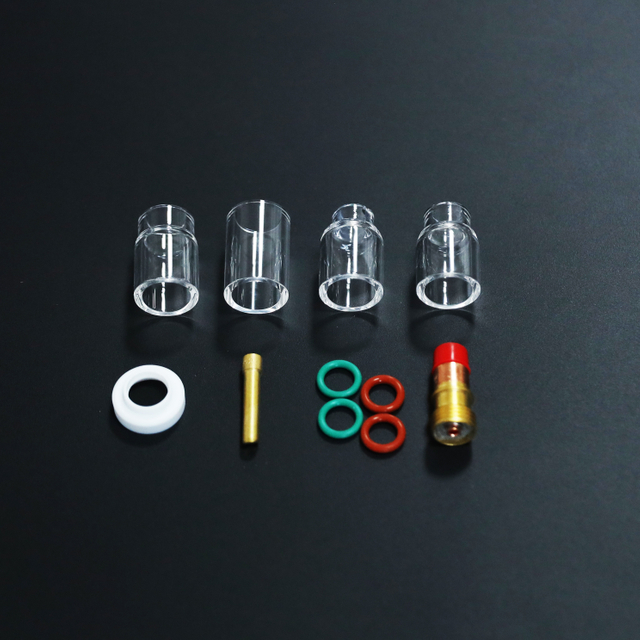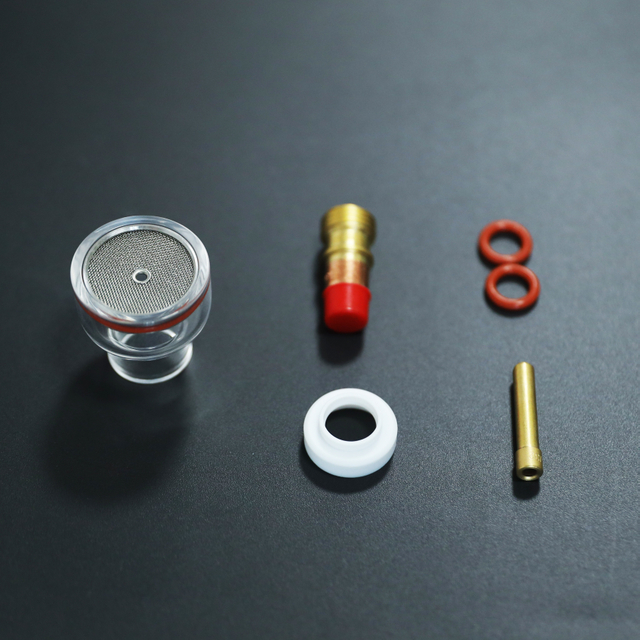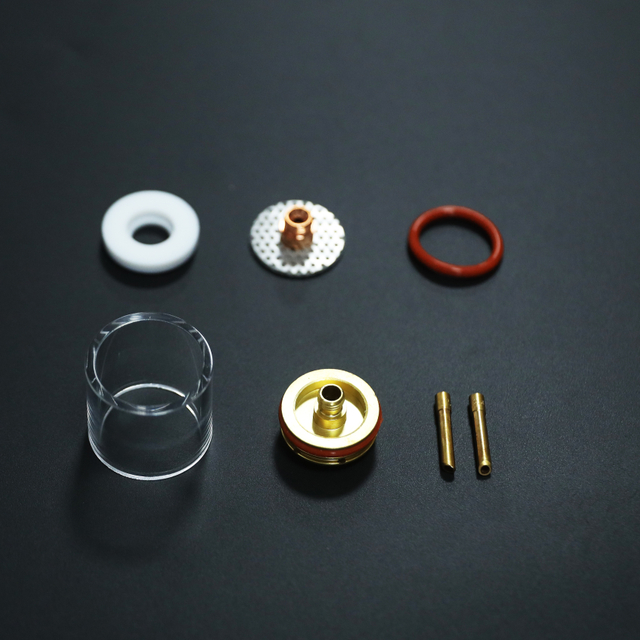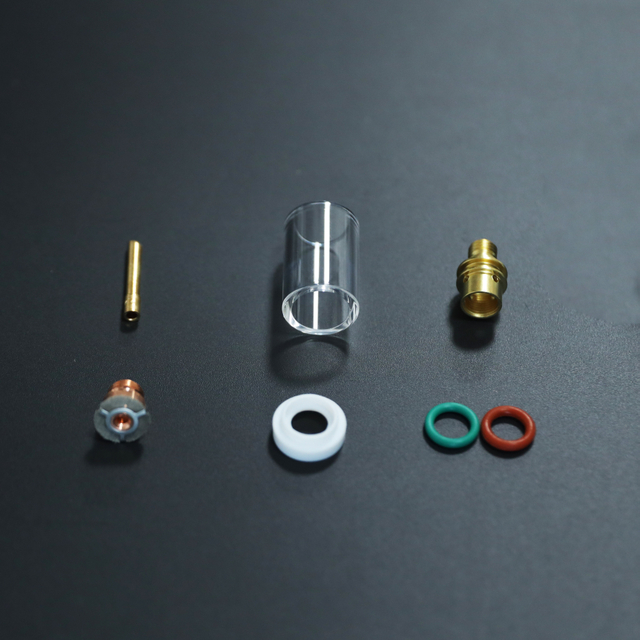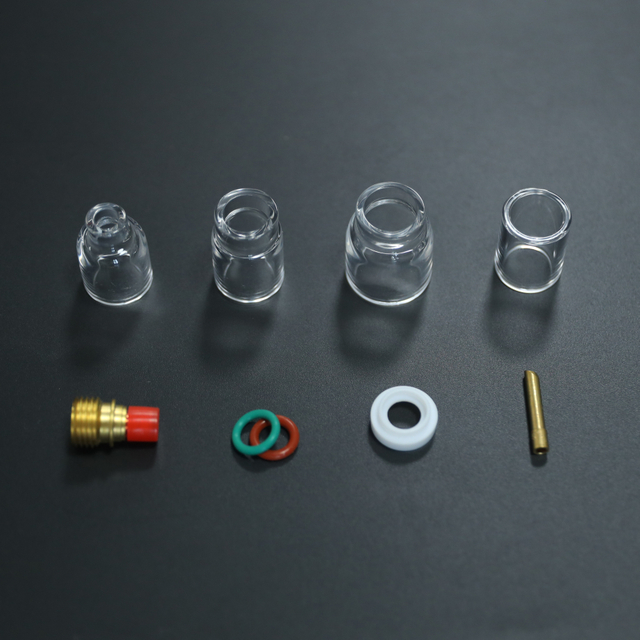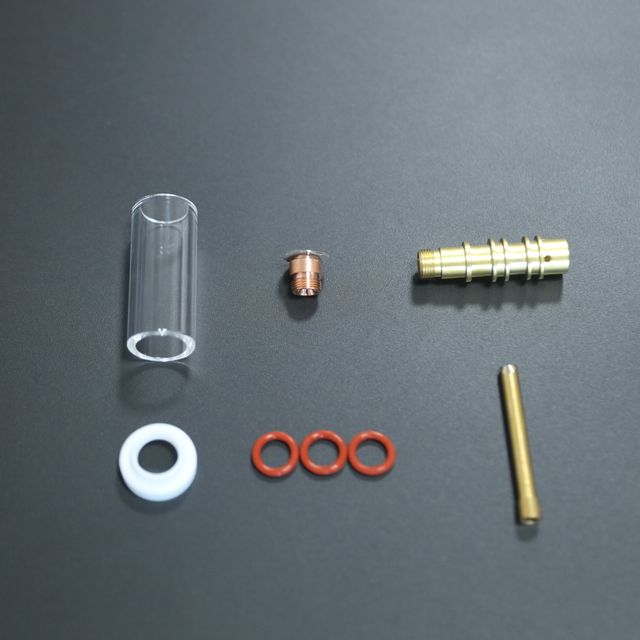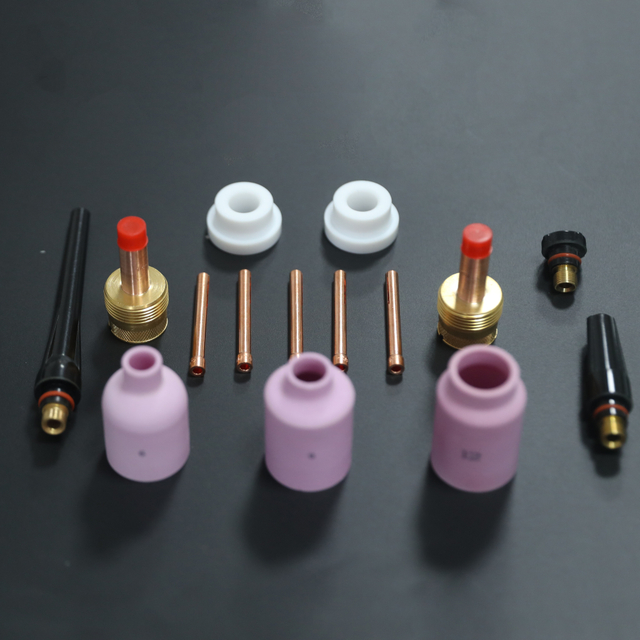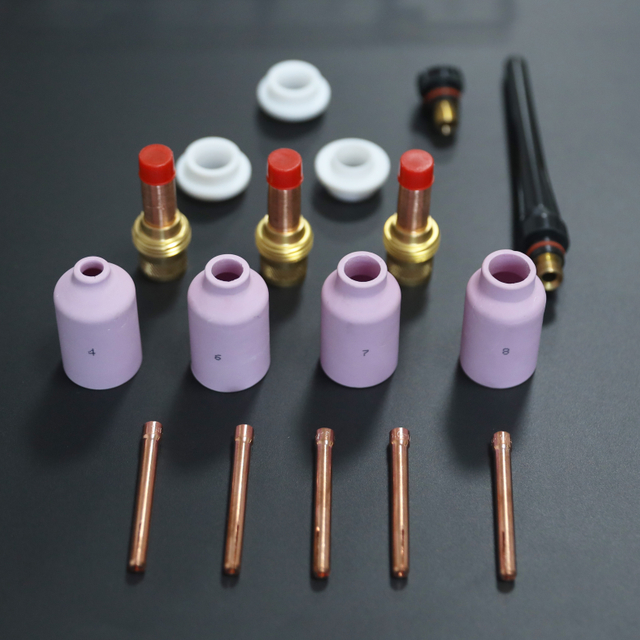What are welding consumables?
Welding consumables are materials used during the welding process that are consumed or depleted. These typically include electrodes, filler wires, fluxes, and shielding gases, which are essential for creating a strong weld joint by melting and fusing with the base materials.
What is used in welding torches?
Welding torches, commonly used in processes like MIG (Metal Inert Gas) or TIG (Tungsten Inert Gas) welding, rely on specific consumables. For MIG welding, a torch uses a consumable wire electrode and shielding gas (like argon or a CO2 mix). In TIG welding, the torch uses a non-consumable tungsten electrode, shielding gas, and sometimes a separate filler rod.
How do you calculate welding consumables?
To calculate welding consumables, you need to consider the weld length, joint type, and material thickness. For filler material, estimate the volume of the weld joint (cross-sectional area × length) and account for deposition efficiency (typically 60-90% depending on the process). For gases, calculate flow rate (e.g., liters per minute) multiplied by welding time. For electrodes, estimate the number based on weight per weld length and electrode size.
How do I choose welding consumables?
Choosing welding consumables depends on the base material, welding process, and desired weld properties. Match the consumable’s composition to the base metal (e.g., use stainless steel filler for stainless steel welding). Consider the welding method (MIG, TIG, or stick), joint design, and environmental factors like corrosion resistance or temperature. Always check manufacturer specifications for compatibility.
What is F number in welding consumables?
The F number (Filler number) is a classification used in welding to group filler metals and electrodes based on their usability and characteristics, as defined by the American Welding Society (AWS). For example, F numbers for electrodes in shielded metal arc welding (SMAW) range from F1 to F6, indicating the type of flux coating and welding position suitability.
What is the difference between consumable and non-consumable welding?
In consumable welding, the electrode or filler material melts and becomes part of the weld, as in MIG or stick welding. In non-consumable welding, the electrode doesn’t melt (e.g., tungsten in TIG welding), and a separate filler material may be added if needed. Consumable methods are faster for thicker materials, while non-consumable methods offer more precision for thinner or delicate materials.
How do you handle welding consumables?
Handle welding consumables with care to ensure quality welds. Store electrodes and filler wires in dry, temperature-controlled environments to prevent moisture absorption, which can cause weld defects. Use clean gloves to avoid contamination, follow manufacturer storage guidelines, and check for damage or expiration before use. For gases, ensure proper regulator settings and secure storage of cylinders.
How do I choose welding material?
Choosing welding material involves matching the filler metal to the base metal’s composition (e.g., carbon steel, aluminum, or stainless steel). Consider the welding process (MIG, TIG, etc.), mechanical properties like tensile strength, and environmental factors such as corrosion resistance. Refer to welding codes (e.g., AWS or ASME) and consult material compatibility charts for guidance.
English
简体中文
العربية
Français
Русский
Español
Português
Deutsch
italiano
日本語
한국어
Nederlands
Tiếng Việt
ไทย
Polski
Türkçe
ភាសាខ្មែរ
Bahasa Melayu
Filipino
Bahasa Indonesia
magyar
Română
Čeština
Монгол
қазақ
Српски
हिन्दी
فارسی
Slovenčina
Slovenščina
Norsk
Svenska
українська
Ελληνικά
Suomi
Latine
Dansk
বাংলা
Hrvatski
Afrikaans
Gaeilge
Eesti keel
नेपाली
Oʻzbekcha
latviešu
Azərbaycan dili
Беларуская мова
Bosanski
Български
ქართული
Lietuvių





